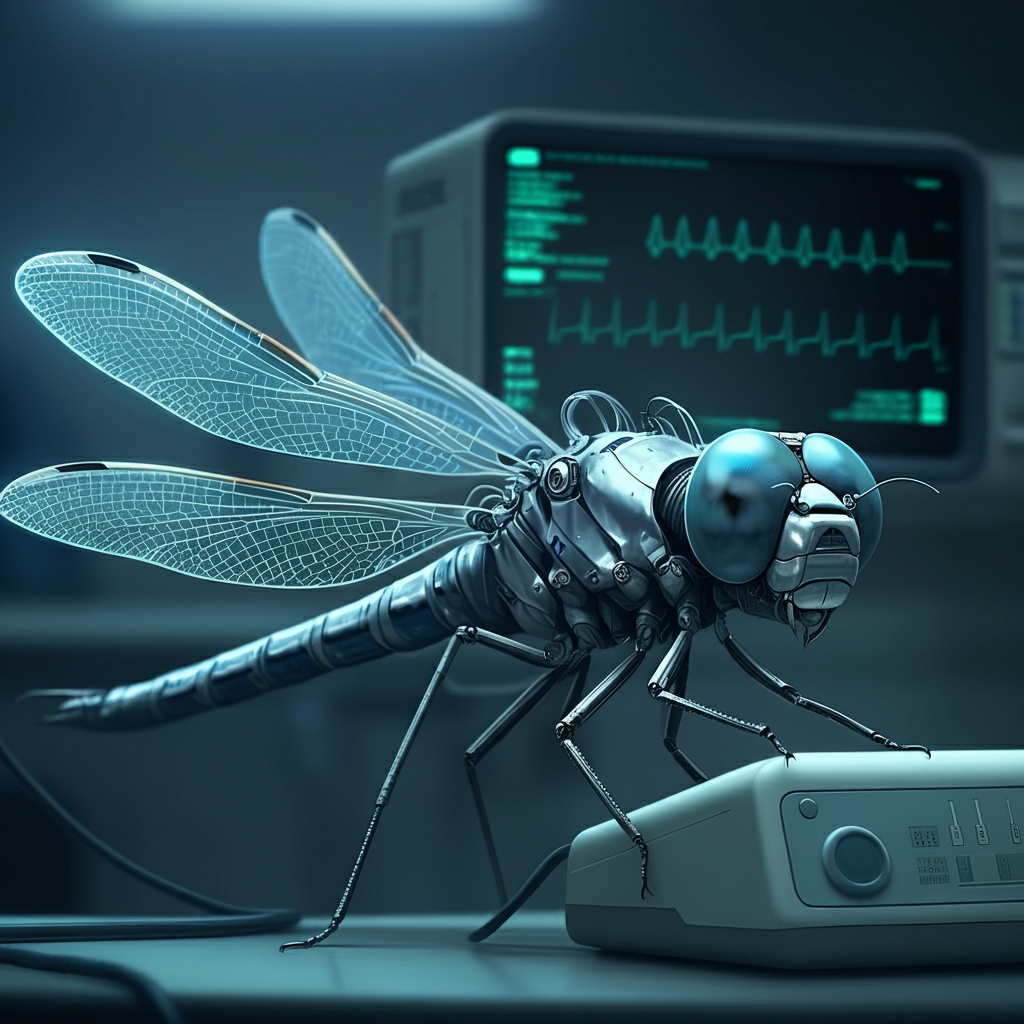An ongoing ransomware attack on the University Medical Center (UMC) in Lubbock, Texas, has brought attention to the growing cybersecurity threats facing healthcare facilities. UMC is a non-profit hospital, Level 1 Trauma Center, and the UMC Children’s Hospital is a Pediatric Level 2 Trauma Center, with the region’s only verified burn center for children. Hit by ransomware operators, the hospital was forced to limit operations significantly last week. This incident highlights the critical vulnerability of healthcare institutions to cyber threats and the potentially life-threatening consequences that can result from these attacks.
Critical Services Disrupted
The cyberattack, which occurred on Friday, has left the hospital struggling to maintain regular services. Although most emergency care facilities are still functioning, UMC has had to divert incoming emergency and non-emergency patients arriving by ambulance to other nearby health facilities “out of an abundance of caution.” This decision reflects the ongoing challenges of ensuring patient safety while addressing the cyber incident.
UMC stated that it is “making accommodations wherever possible to minimize any disruption to our patients and our critical services.” However, as the investigation continues, it is clear that such attacks can have immediate and severe effects on healthcare operations. The ability to quickly provide care for patients in critical condition is at risk, and any disruption to a level-one trauma hospital can have dire consequences for those relying on its services.
How the Attack Was Handled
UMC discovered unusual activity on one of its IT networks and acted swiftly to disconnect the affected system from its main computer network. The hospital has called in external cybersecurity experts to help resolve the situation, but no further details have been provided about the nature of the attack or the potential extent of the damage.
The lack of further information highlights one of the major challenges in addressing cybersecurity threats: the difficulty in quickly assessing and mitigating the full impact of an attack. For healthcare providers, time is of the essence, and delays in restoring systems can lead to reduced patient care, increased anxiety, and longer-term harm.
The Bigger Picture: Cyber Threats to Healthcare
The incident at UMC is just the latest example of how cybercriminals are targeting the healthcare industry. Hospitals are particularly vulnerable due to the vast amount of sensitive patient data they hold, their reliance on interconnected systems, and the critical nature of their services. When a healthcare facility is hit by a cyberattack, the stakes are incredibly high—not just financially but also in terms of patient safety.
Ransomware attacks, in particular, have become an increasing threat to healthcare organizations. These attacks often involve cybercriminals encrypting sensitive data and demanding payment for its release. Such incidents can cause widespread disruption, delaying access to vital medical records and, in severe cases, bringing patient care to a halt. For hospitals like UMC, which provide essential services to an entire region, the consequences of a cyberattack can be far-reaching.
The healthcare sector must prioritize cybersecurity to mitigate these threats. Investing in robust security measures, training staff to recognize phishing attempts, and maintaining updated data backups are essential steps in protecting against cyberattacks. The UMC incident underscores the importance of early detection systems, as quick action can help prevent a full-scale crisis.
Sources:
– https://www.umchealthsystem.com/it-outage/
– https://www.theregister.com/2024/09/30/texan_hospital_ransomware/



